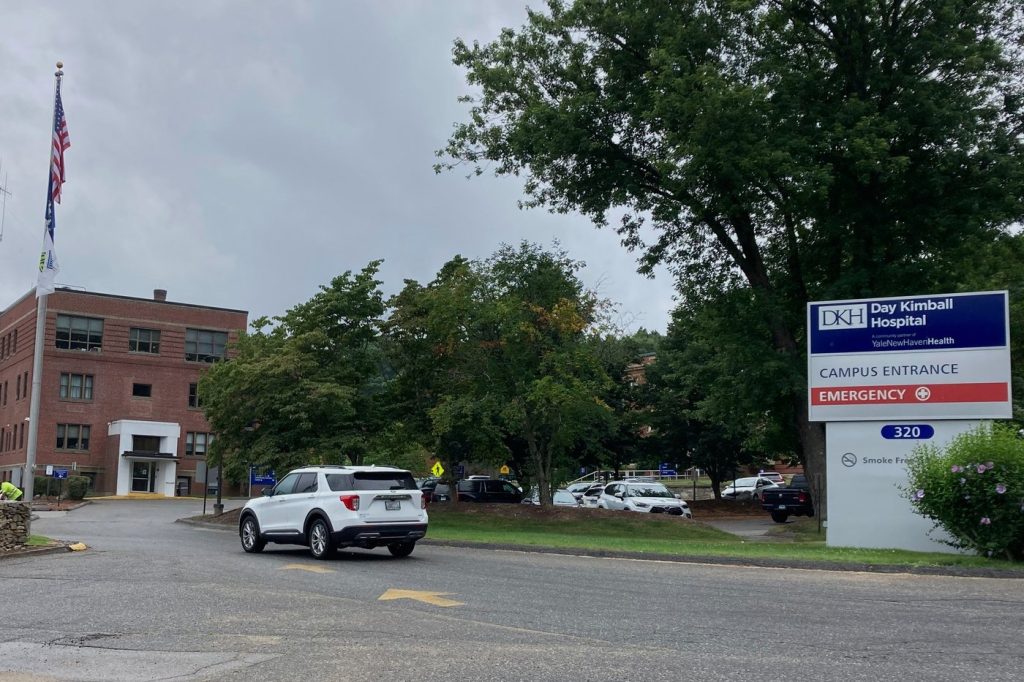OMAHA, Neb. – Tyler Sherman, a nurse at Webster County Community Hospital in Red Cloud, Nebraska, expresses deep concern for the over 3,000 residents in the area as Congress contemplates approximately $1 trillion in Medicaid cuts over the next decade. These proposed cuts could threaten not only the emergency room services but also the associated clinic and nursing home crucial for local healthcare. With many aging farmers in rural Nebraska historically delaying their medical care, Sherman fears that potential facility closures would significantly increase travel times for emergency services, making it nearly impossible for some patients to receive timely care.
Hospitals across the country, particularly those in rural areas, are already under significant strain. Experts estimate that the cuts to Medicaid, a program that supports millions of low-income and disabled individuals, could force hundreds of rural hospitals to shut down. This would leave many people in remote locations without access to emergency care. An analysis from the Cecil G. Sheps Center at the University of North Carolina indicates that over 300 hospitals are at risk of closure under the proposed Republican bill. As discussions continued in Congress, a health clinic in Curtis, Nebraska, announced its impending closure, citing anticipated Medicaid cuts as a contributing factor.
Bruce Shay, a resident of Pomfret, Connecticut, shares his fears about the implications of potential hospital closures. At 70, both he and his wife maintain good health, but Shay acknowledges that any future hospital visits are likely to be emergencies. Day Kimball Hospital, located nearby in Putnam, is also experiencing financial difficulties. Its CEO, R. Kyle Kramer, has stated that the Senate bill, which could potentially cut federal Medicaid spending in rural areas by $155 billion over the next decade, would significantly impact the hospital’s financial stability, particularly given the high percentage of Medicaid patients it serves.
Hospital advocates express skepticism about the adequacy of the proposed $50 billion fund intended to support rural hospitals over the next five years. Carrie Cochran-McClain, Chief Policy Officer of the National Rural Health Association, highlights the precarious financial situation of many rural hospitals. She cites a recent report indicating that, in 2023, hospitals received nearly $28 billion less from Medicaid than the actual costs incurred in treating Medicaid patients. This underscores the vulnerability of hospitals operating on minimal margins, where any reduction in funding could severely constrain their ability to provide essential services.
Kentucky, in particular, is poised to bear the brunt of these Medicaid cuts. A report from KFF indicates that the state faces a staggering loss of $12.3 billion over the next decade, primarily due to the elimination of Kentucky’s unique Medicaid reimbursement system. This alarming financial forecast predicts that 35 hospitals in Kentucky could close, jeopardizing healthcare coverage for approximately 200,000 residents. Governor Andy Beshear has voiced strong opposition to the bill, emphasizing that the potential impact on children and families could be devastating, affecting their ability to access necessary prescriptions and healthcare services.
The proposed Medicaid cuts, combined with the anticipated rural hospital funding, still leave many experts questioning whether it will be sufficient to prevent widespread healthcare disruptions. As lawmakers continue to navigate these contentious discussions, the future of rural healthcare hangs in the balance, with the potential to exacerbate existing challenges in delivering vital services to underserved populations.










